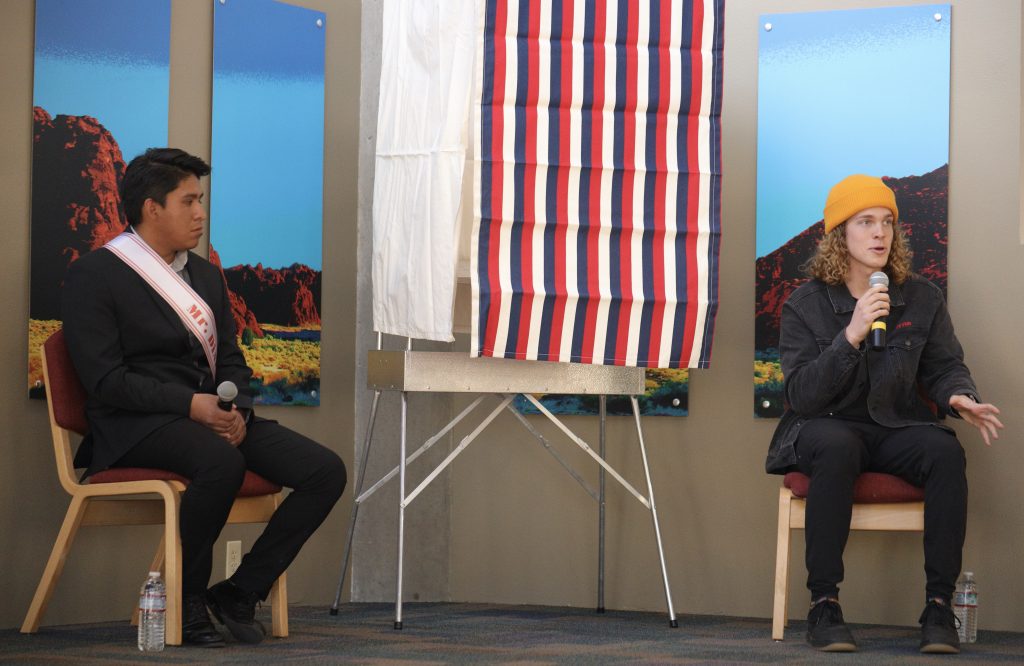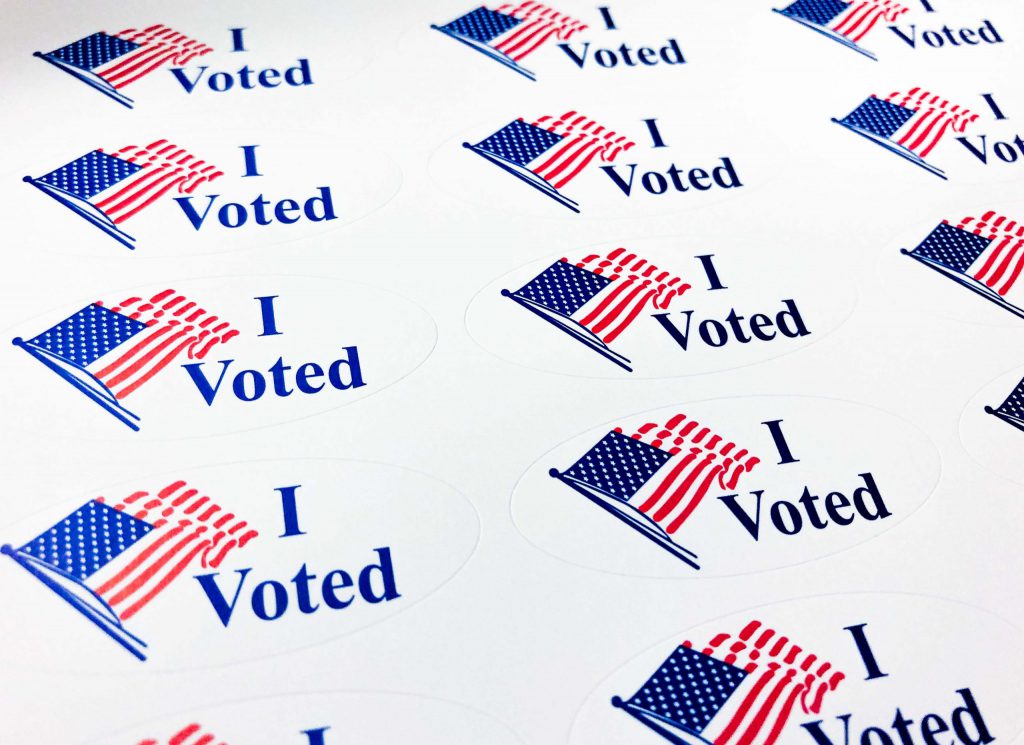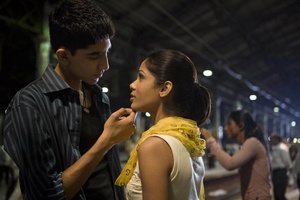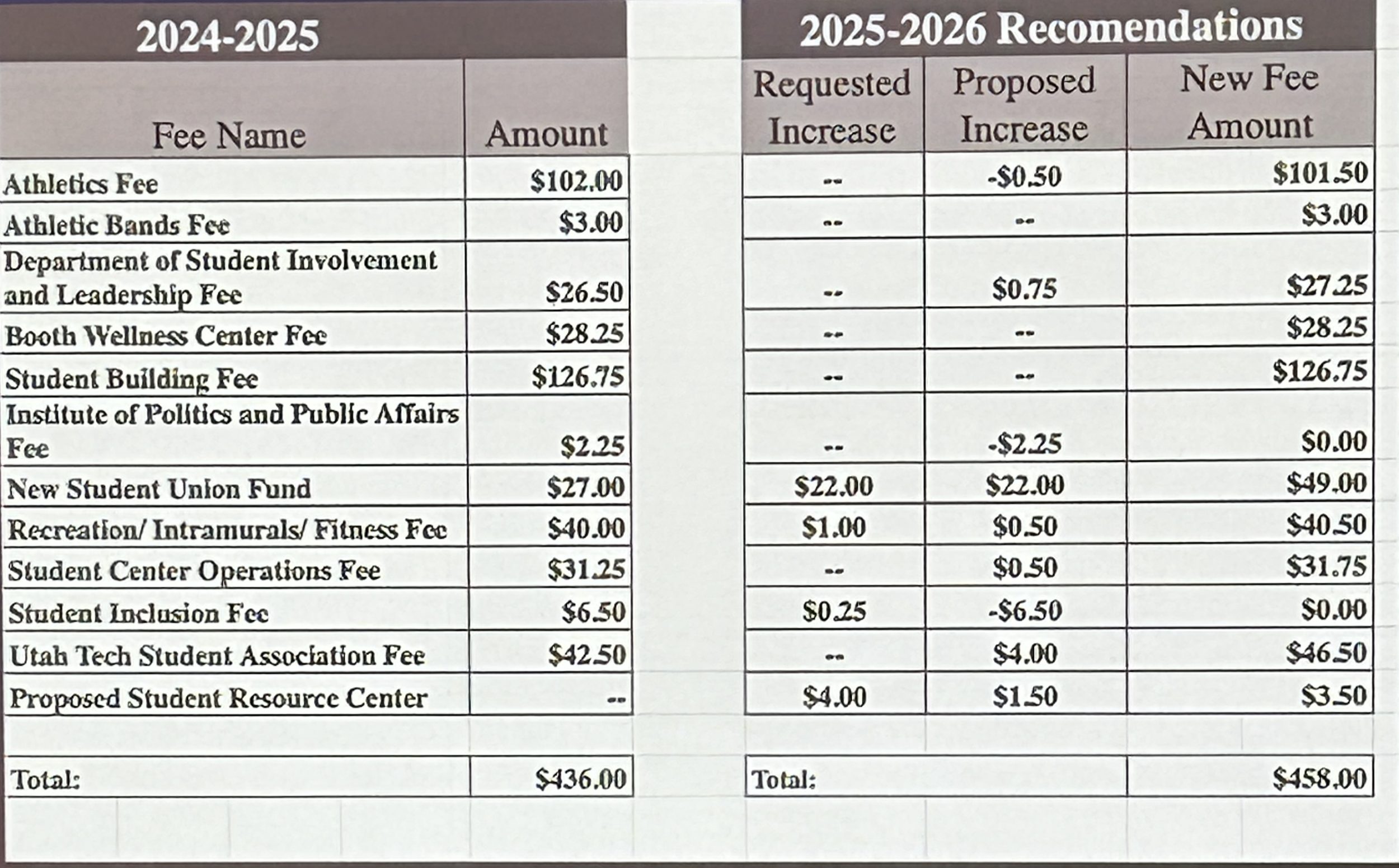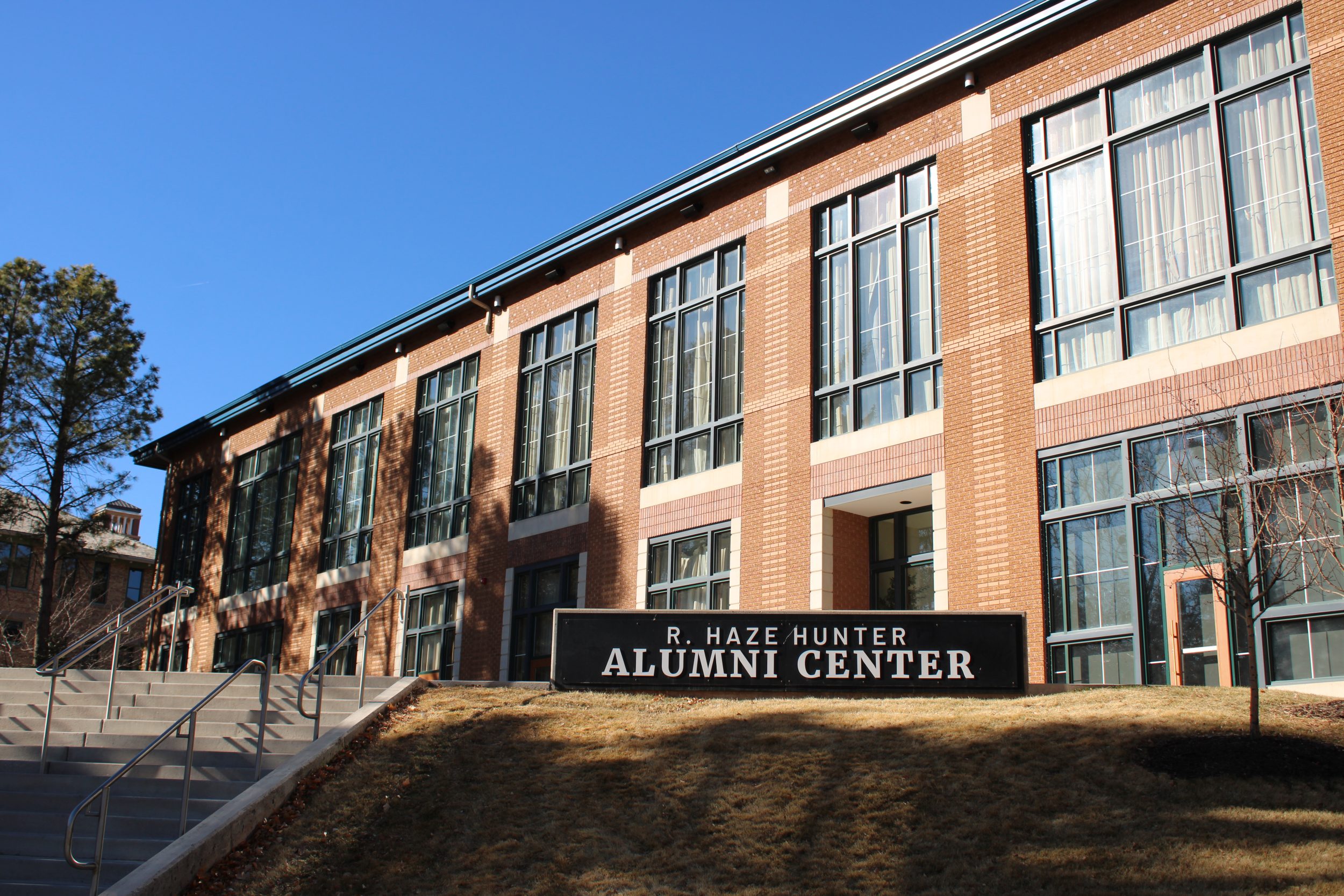Utah Tech University officially announced Shane B. Smeed as the new president Feb. 26. President Smeed will take office on campus May 1, and with his arrival comes a number of changes to UT.
Smeed has over 25 years of experience in higher education leadership roles and student affairs. In a letter addressed to the presidential search committee, he wrote he believes strongly in providing students with the resources needed to succeed.
In that same letter, Smeed said “I am passionate about advocating for students and implementing measures and processes that promote student development.”
Smeed has already started discussions with Utah Tech staff and student leadership on future plans for the university.
Paul Morris, vice president of administrative affairs, said expansion and growth, whether that be student enrollment numbers or facility upgrades, is one of his most important priorities looking forward.
The McDonald Center is planned to start an upgrade fall 2025, where a 30,000-foot expansion will be added and the art department will be relocating there from the North Commons Building.
“They’re going to get all of the state-of-the-art spaces that they need,” Morris said. “They’ll have kilns, pottery wheels and labs for graphics and video. It’s going to be a neat project.”
The administrative affairs department is also asking for a second health sciences building that Morris said he believes will reach approval within the next few years.
“We initially asked for that [health sciences building] over this last summer and it got a lot of good traction,” Morris said.
Ali Threet, assistant vice president and dean of students, said because of Smeed’s background in student affairs, he knows the importance of being a student-facing president as well as academics within higher education.
“I think the way that you understand students’ needs and make sure that you’re student-facing is by being present,” Threet said.
Threet also said the department of student affairs is working toward a new program called “active learning. active life.”
This program is dedicated to grouping the polytechnic learning at UT with active student experiences and events. Once this program is fully integrated, students will be encouraged to engage both in the classroom and in activities or leadership roles that suit their interests.
Andy Hunter, a junior biomedical science major from Vancouver, Washington, and UT’s new student body president, said the top priorities for the upcoming school year from the student perspective are career preparedness and student belonging.
Hunter also had an opportunity to meet with Smeed and said, “He really wants the best for each student and that’s what makes me excited to work with him.”
The incoming student body leadership has plans to promote student belonging through events and other activities on campus.
Bella Estes, a senior communication studies major from Scottsdale, Arizona, and the current student body president, said students should be excited to have Smeed as the new president.
“As someone who was part of the presidential search from the beginning, he [Smeed] was someone I knew who students would love,” Estes said. “I think students can know that they’re in good hands with both President Smeed and student body president Andy Hunter to have students in the forefront.”


